Alzheimer’s disease (AD) and cognitive impairment are major global health challenges. Alzheimer’s disease is a progressive neurodegenerative disease that causes severe memory loss, cognitive decline, and eventually loss of independence. Current treatments provide limited symptom relief and do not stop disease progression. Therefore, new treatments are urgently needed. Dihexa, an angiotensin IV (Ang IV) peptide derivative, has emerged as a promising drug candidate. This paper explores the potential of Dihexa peptide for neuroprotection, cognitive enhancement and its impact on the treatment of Alzheimer’s disease
Learn about Dihexa
Dihexa (N-caproate-TyR-ILE -(6) aminocaproamide) is a small peptide derivative of Ang IV that was developed for its potent cognitive enhancing properties. Ang IV is a metabolite of the renin angiotensin system (RAS), which plays a crucial role in the central nervous system (CNS). Unlike its precursors angiotensin II and angiotensin III, Ang IV is associated with cognitive function, including learning and memory.
Discovery and mechanism of action of Ang IV Dihexa
Dihexa was discovered through a rational drug design approach aimed at enhancing the neurotrophic activity of Ang IV. The researchers modified the Ang IV molecule to improve its stability and effectiveness in the brain. Dihexa has a high affinity with hepatocyte growth factor (HGF) and its receptor, c-Met, and is involved in the growth, survival and synaptic plasticity of neurons. By activating the HGF/c-Met pathway, Dihexa promotes neurogenesis, synaptogenesis, and overall brain repair.

Dihexa benefits
Neuroprotective mechanism
The neuroprotective properties of Dihexa are multifaceted. First, it promotes synaptic formation, the formation of new synaptic connections, which is crucial for learning and memory. In animal models, Dihexa administration led to significant improvements in synaptic density and function, particularly in the hippocampus, a region critical for memory formation.
Second, Dihexa promotes neurogenesis, in which neural stem cells produce new neurons. The study showed that animals treated with dihexa showed an increase in neural stem cell proliferation and differentiation, resulting in enhanced integration of neurons into existing circuits. This process is crucial for replacing lost or damaged neurons in neurodegenerative diseases like Alzheimer’s disease.
Third, Dihexa regulates neuroinflammatory responses. Chronic inflammation in the brain can contribute to the development of Alzheimer’s disease and other neurodegenerative diseases. Dihexa has been shown to reduce levels of pro-inflammatory cytokines and enhance anti-inflammatory signaling, thereby protecting neurons from inflammatory damage.
Cognitive enhancement
The cognitive enhancement effects of Dihexa have been well documented in animal studies. The rodents treated with dihexa showed significant improvements in a variety of cognitive tasks, including maze navigation, object recognition, and spatial memory. These improvements attribute to enhanced synaptic plasticity and neurogenesis, which strengthens neural circuits involved in memory and learning.
In addition, Dihexa showed promise in reversing cognitive deficits in animal models of AD. In these models, Dihexa not only stopped cognitive decline, but also restored cognitive function to near-normal levels. These findings suggest that Dihexa may reverse memory loss and cognitive impairment in human patients.
Dihexa For Alzheimer’s disease
Current Alzheimer’s disease treatments provide limited symptom relief and do not address the underlying disease pathology. Dihexa, with its multifaceted neuroprotective and cognitive enhancement mechanisms, represents a novel therapeutic approach that targets the underlying causes of AD.
Preclinical studies provide strong evidence supporting the potential of Dihexa in the treatment of Alzheimer’s disease. In transgenic mouse models of Alzheimer’s disease, Dihexa treatment resulted in A significant reduction in amyloid-beta (Aβ) plaques, one of the hallmark pathologies of Alzheimer’s disease. In addition, Dihexa-treated mice showed reduced tau hyperphosphorylation, another key feature of AD. These findings suggest that Dihexa may not only improve cognitive function, but also address underlying disease pathology.
Memory recovery and cognitive function
Memory recovery is a key goal of Alzheimer’s disease treatment. Dihexa’s ability to enhance synaptogenesis and neurogenesis offers a promising avenue to achieve this goal. By strengthening synaptic connections and facilitating the integration of new neurons into existing circuits, Dihexa has the potential to restore memory and cognitive function in patients with AD.
Comparison with existing treatments
Dihexa has several advantages over existing Alzheimer’s treatments. Current treatments focus on the neurotransmitter system (e.g., acetylcholine, glutamate) to temporarily relieve symptoms. Instead, Dihexa addresses underlying disease mechanisms, promotes brain repair and reduces neuroinflammation. In addition, Dihexa was able to reduce Aβ plaques and tau hyperphosphorylation, suggesting that it has A potential disease-modifying effect that sets it apart from symptomatic treatments.






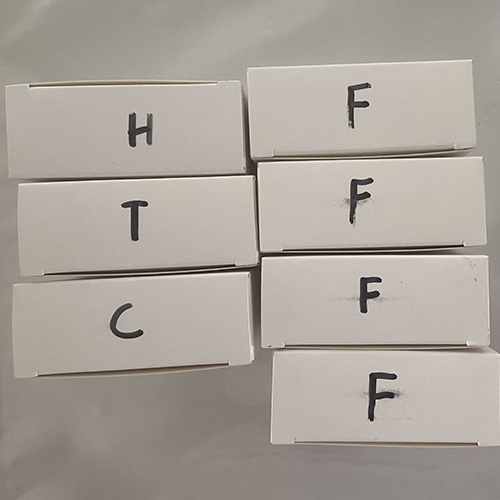



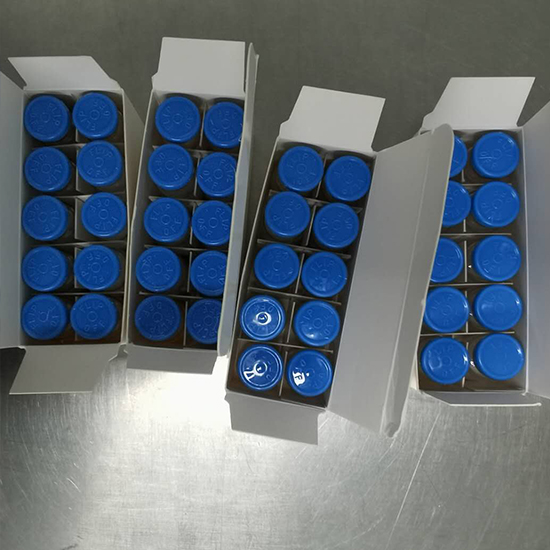

 Retatrutide LY-3437943 benefits in weight loss 17.5% in 24weeks
Retatrutide LY-3437943 benefits in weight loss 17.5% in 24weeks Type 2 Diabetes Treatment Semaglutide 10mg for Healthy Weight Loss
Type 2 Diabetes Treatment Semaglutide 10mg for Healthy Weight Loss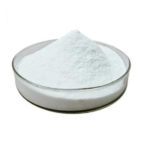 Buy MK-677 powder for sale ibutamoren sarm price bodybuilding mk677 CAS:159752-10-0
Buy MK-677 powder for sale ibutamoren sarm price bodybuilding mk677 CAS:159752-10-0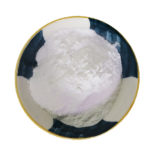 RAD140 stack: 99% Purity Sarms RAD-140 for sale
RAD140 stack: 99% Purity Sarms RAD-140 for sale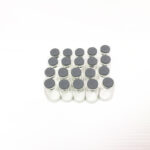 Neuroprotective peptide PE22-28 in mood depression and weight loss
Neuroprotective peptide PE22-28 in mood depression and weight loss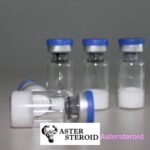 Peptide Alarelin acetate activated GnRH receptors to increase LH and FSH levels
Peptide Alarelin acetate activated GnRH receptors to increase LH and FSH levels FOXO4-DRI anti-aging and increases testosterone levels in men
FOXO4-DRI anti-aging and increases testosterone levels in men Nootropic Adamax vs Semax enhances cognition and post-exercise recovery
Nootropic Adamax vs Semax enhances cognition and post-exercise recovery Peptide Slu-PP-332 Lose weight and promote performance
Peptide Slu-PP-332 Lose weight and promote performance Peptides MOTS-c in bodybuilding and anti-aging use and benefits
Peptides MOTS-c in bodybuilding and anti-aging use and benefits